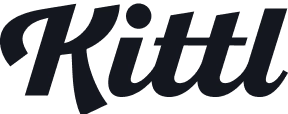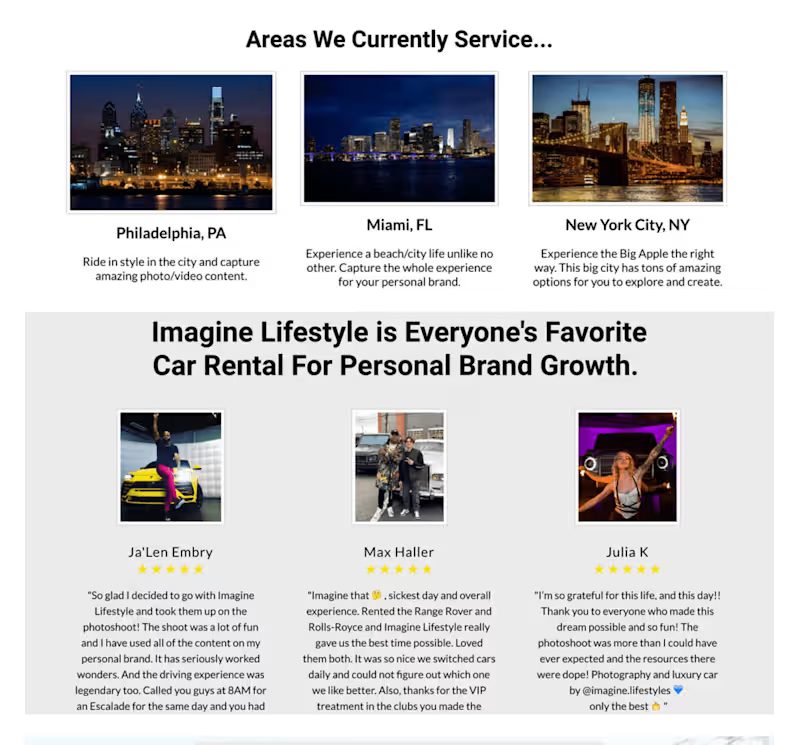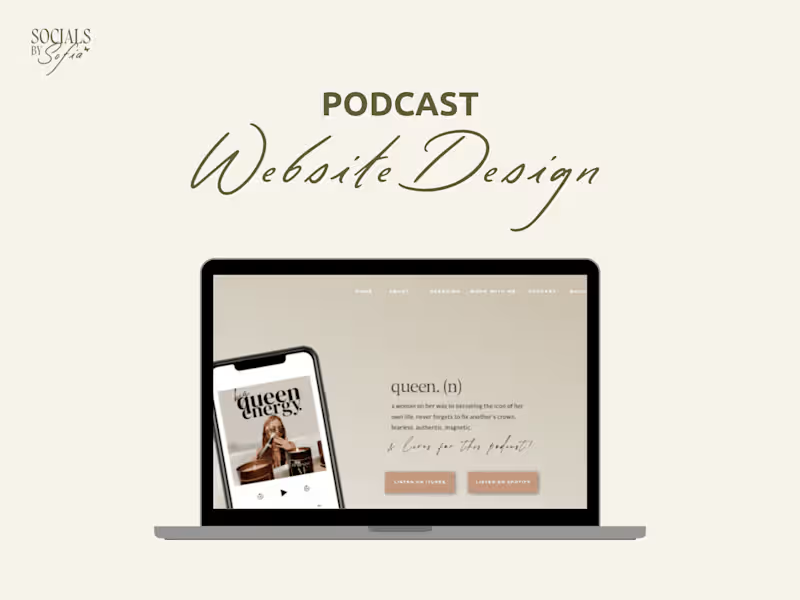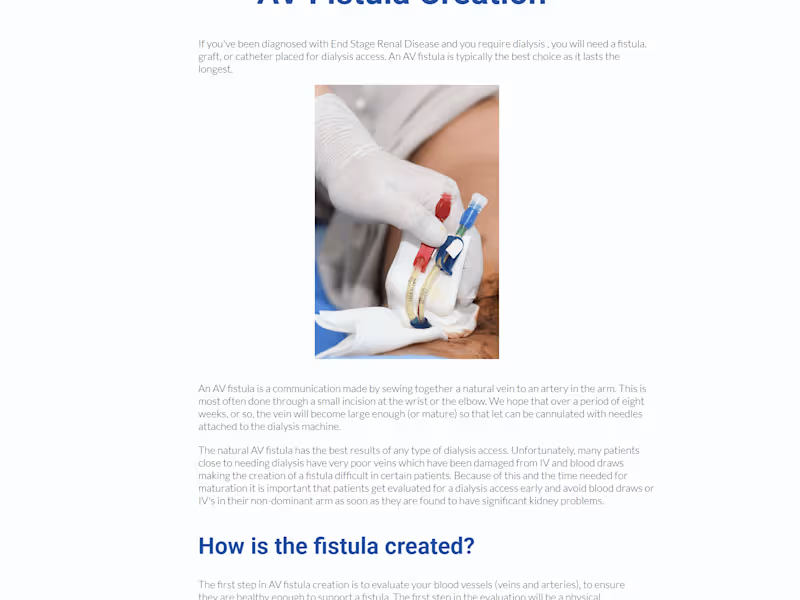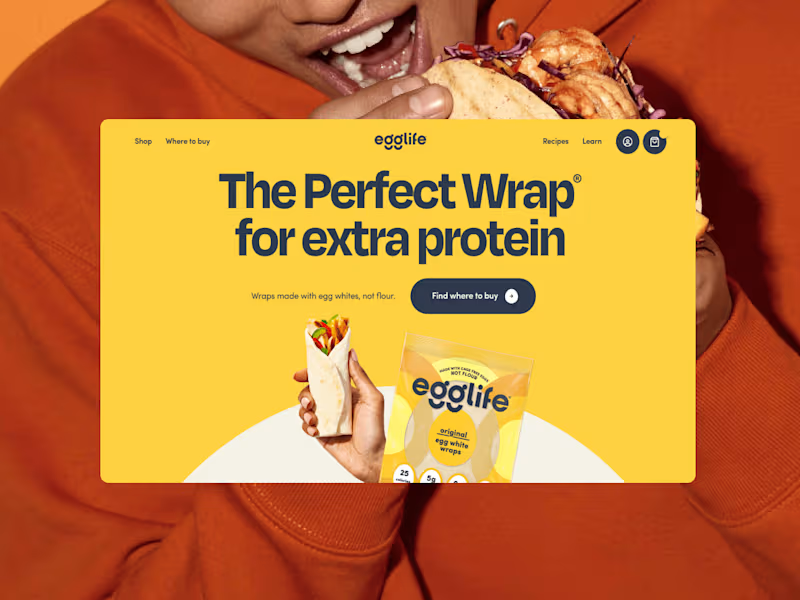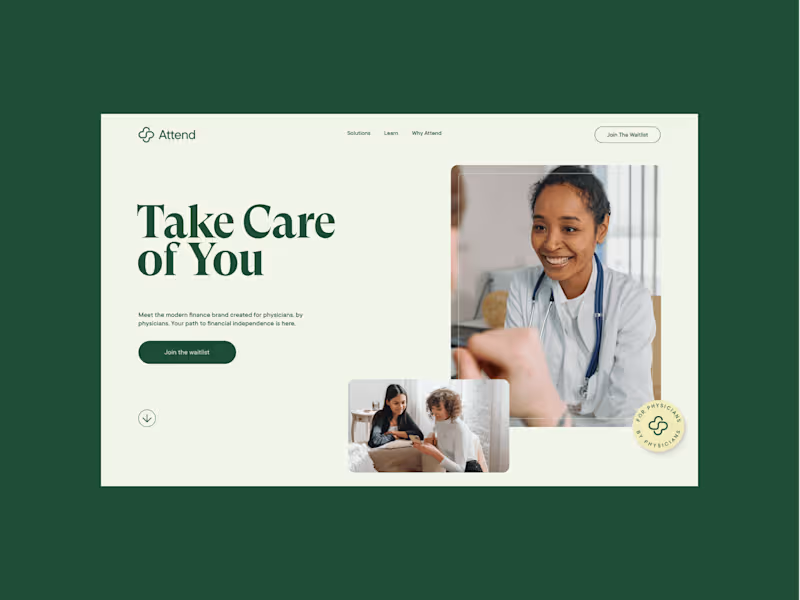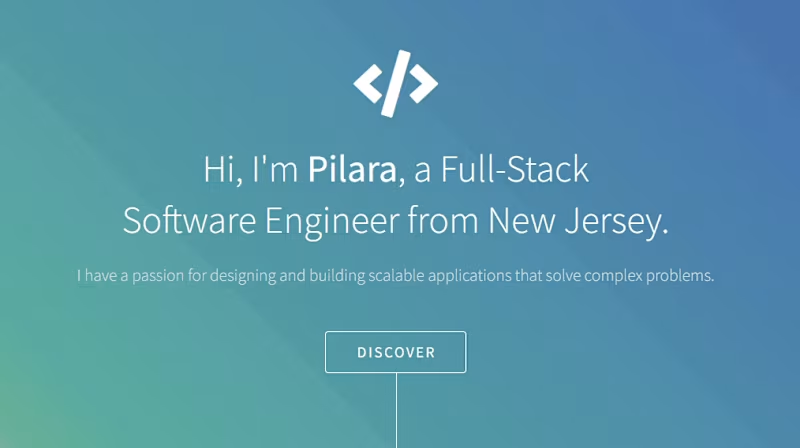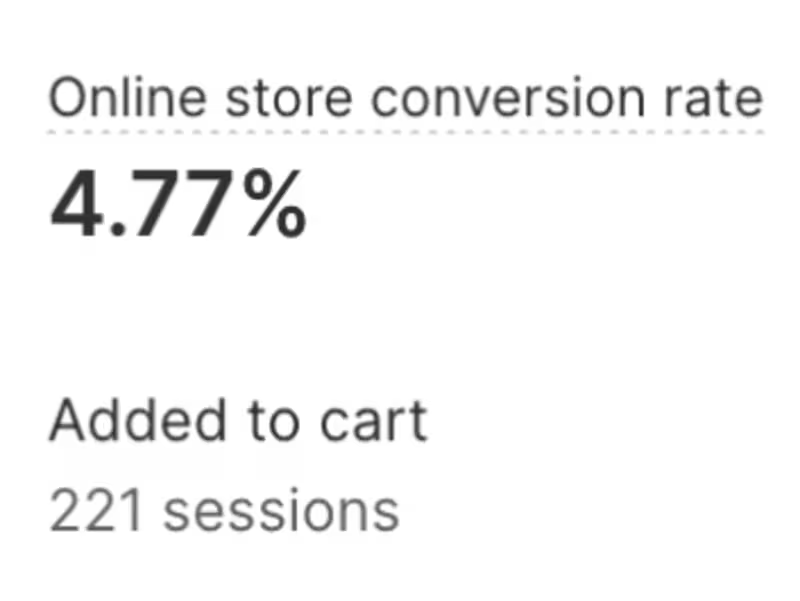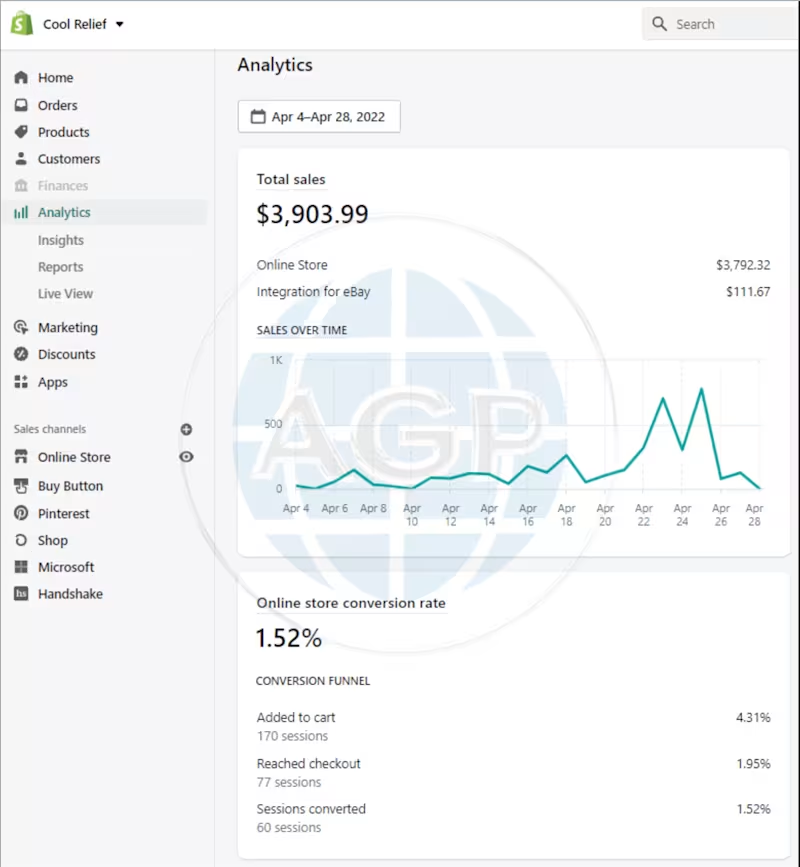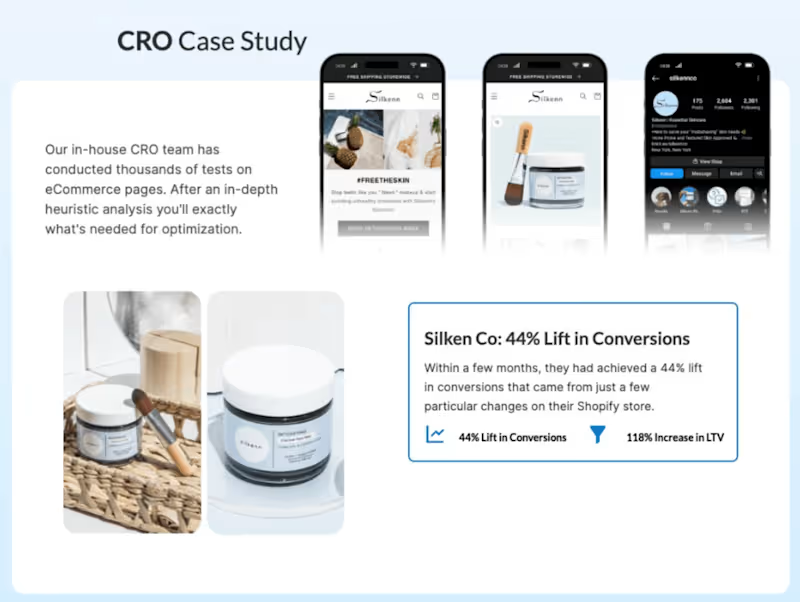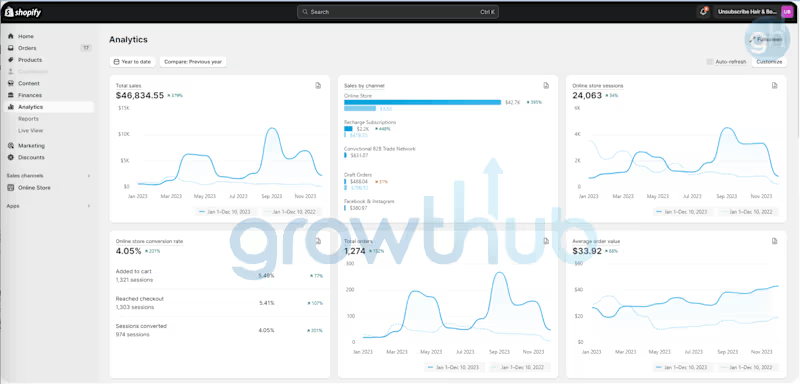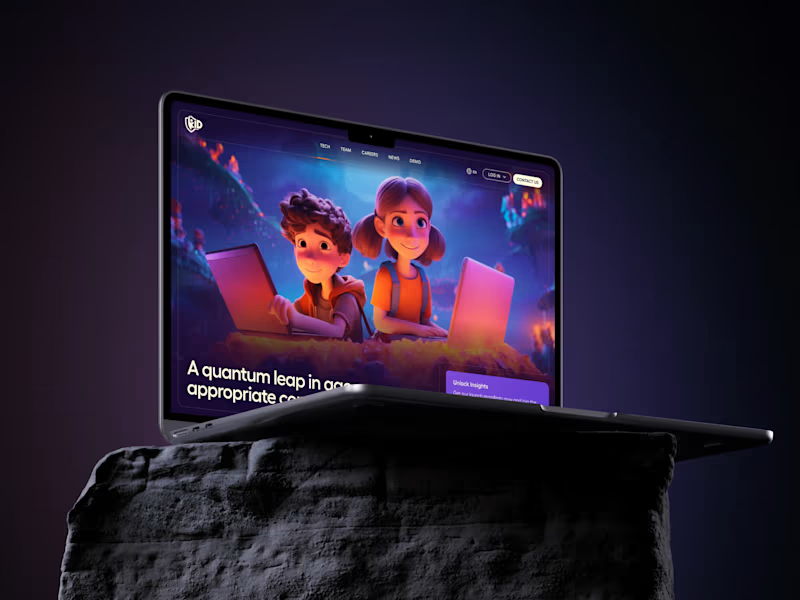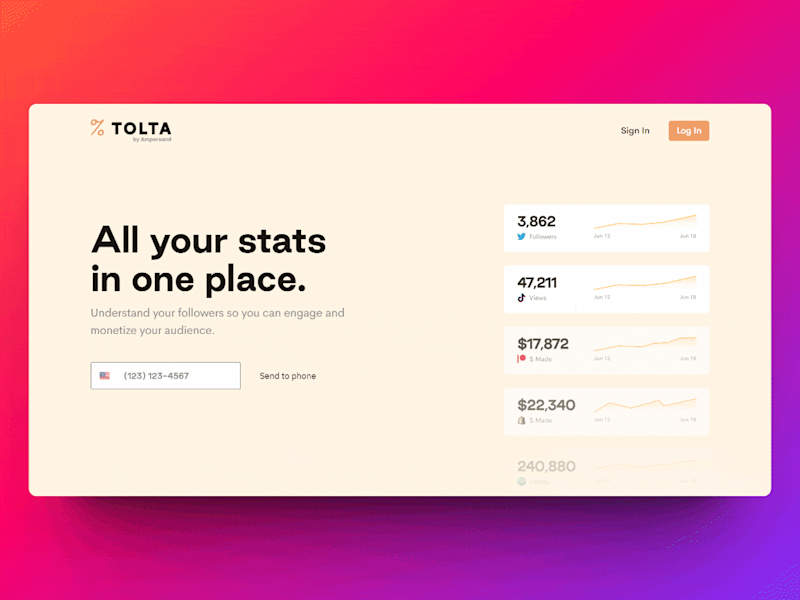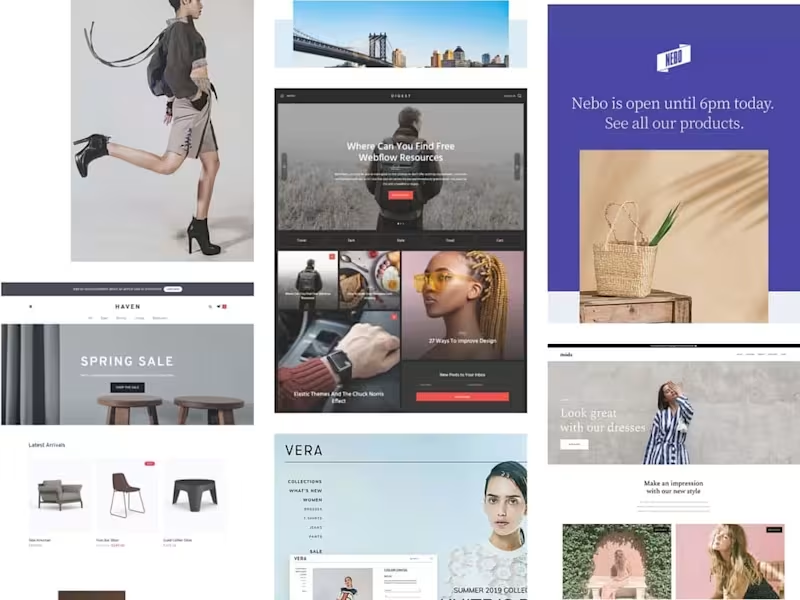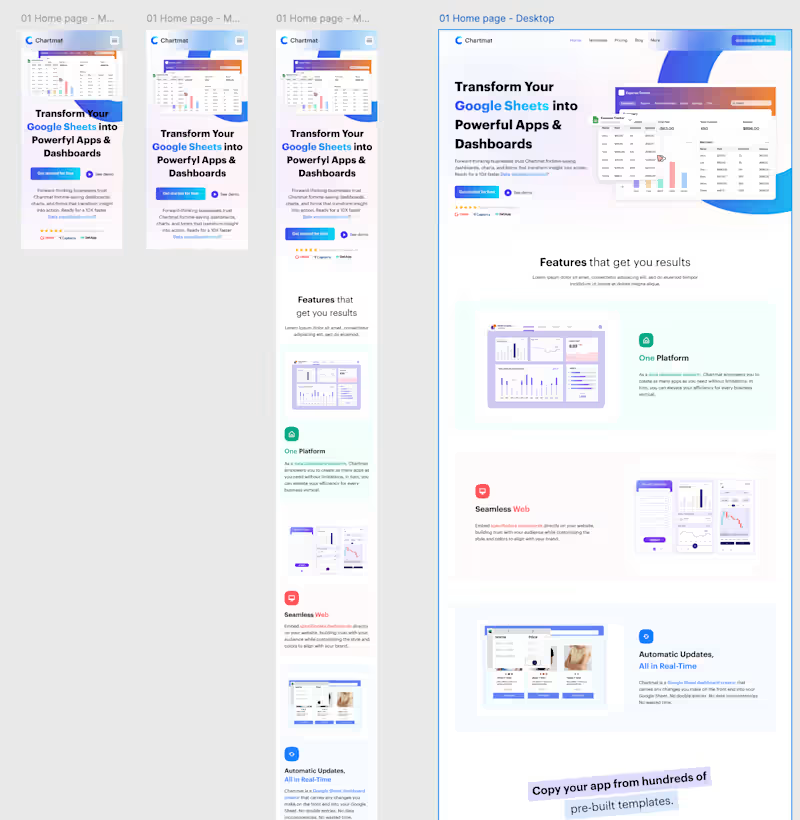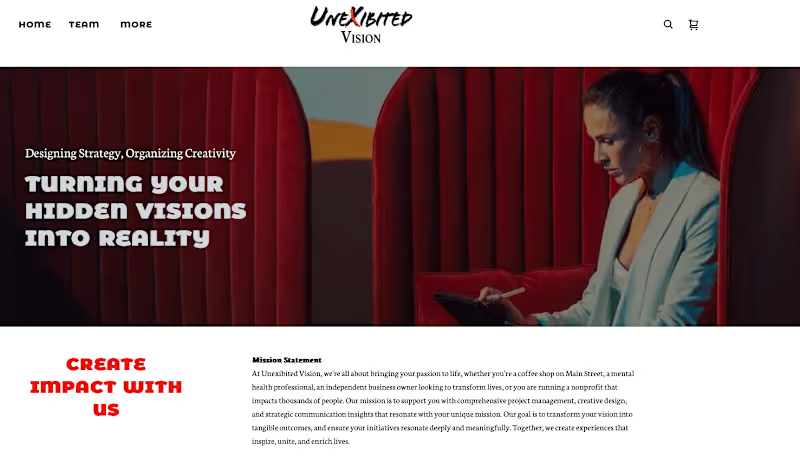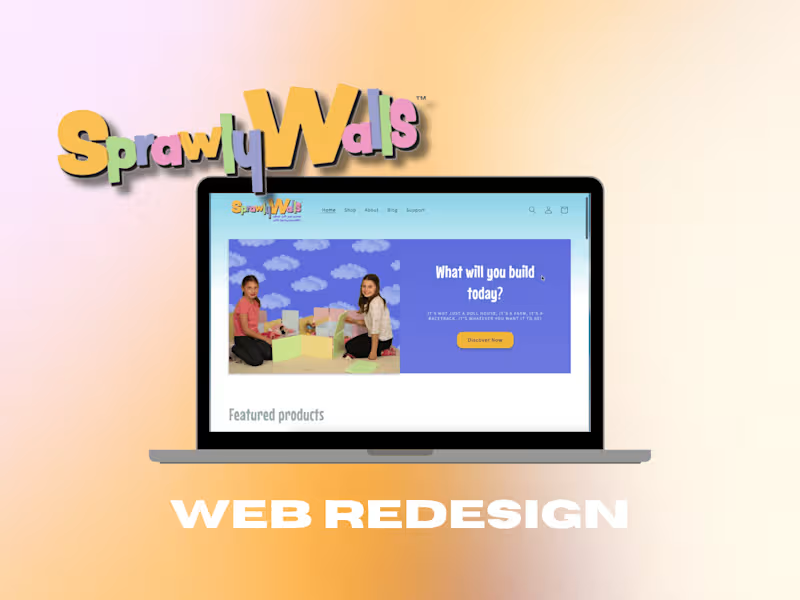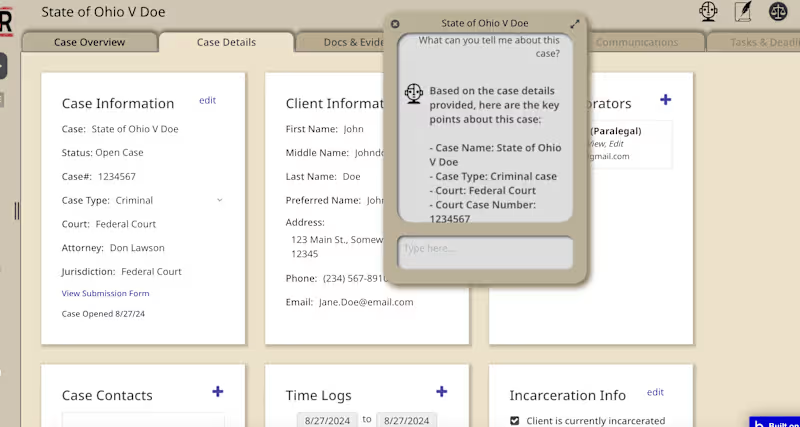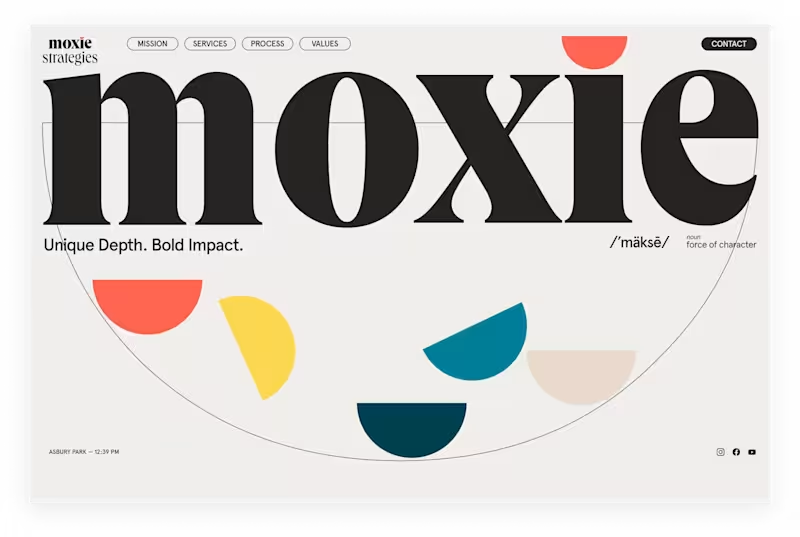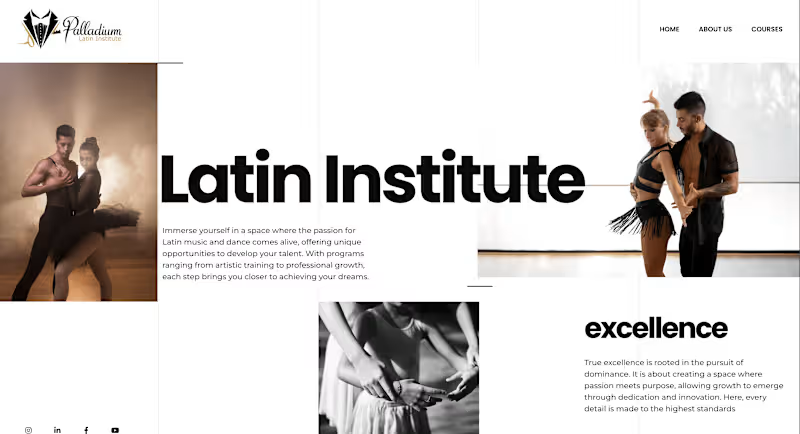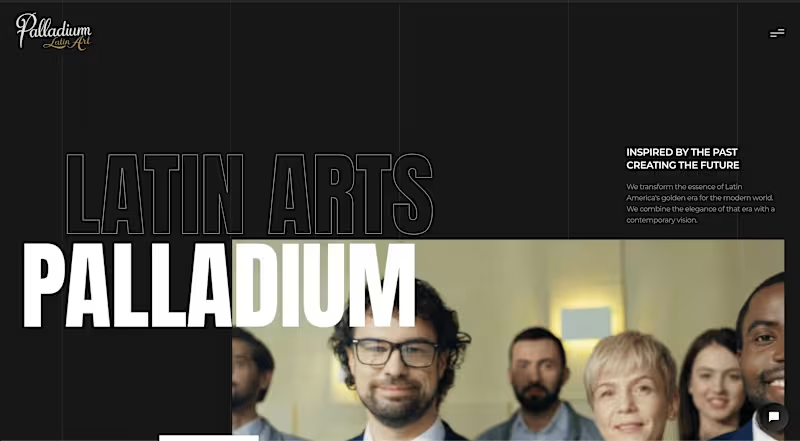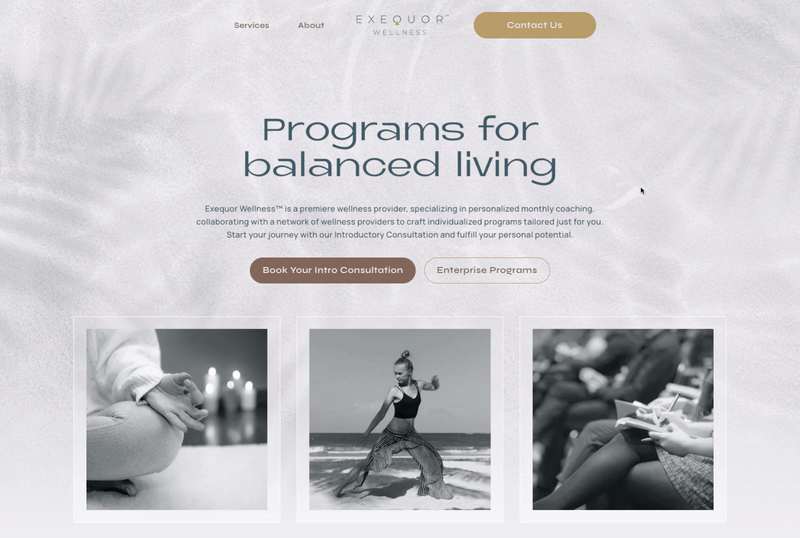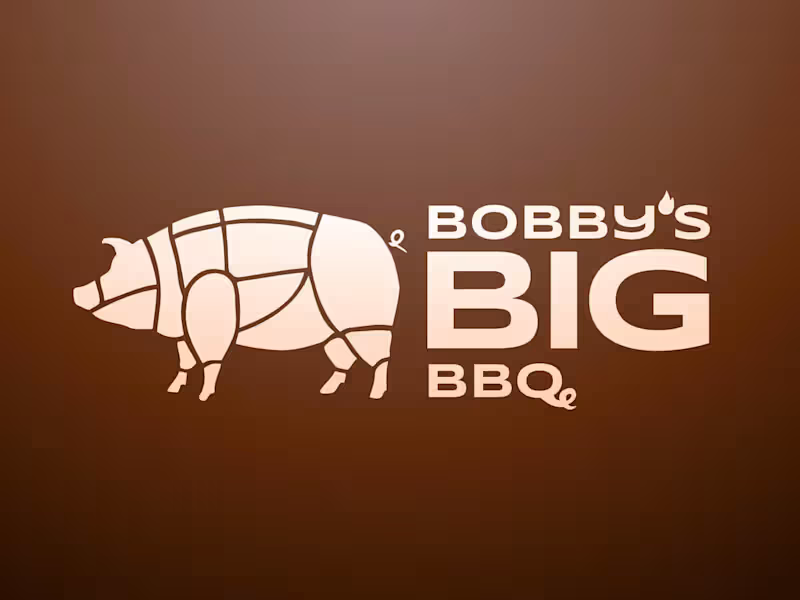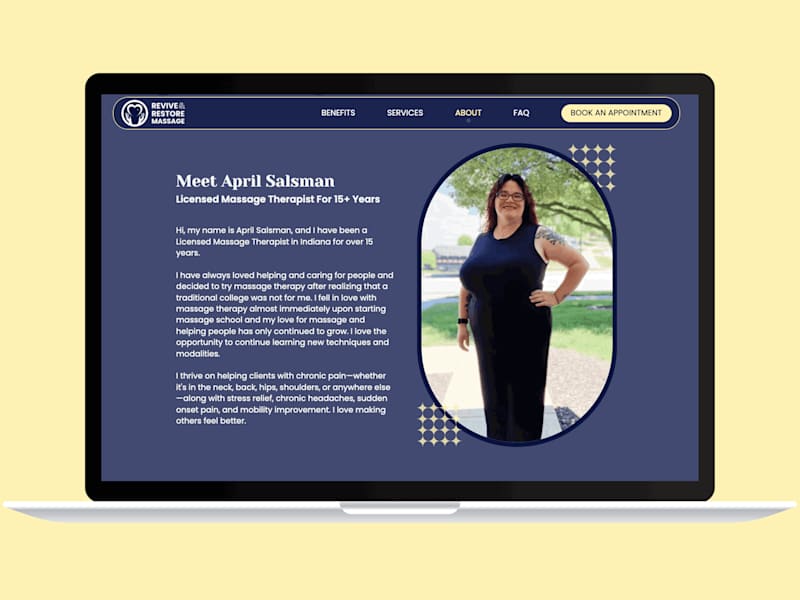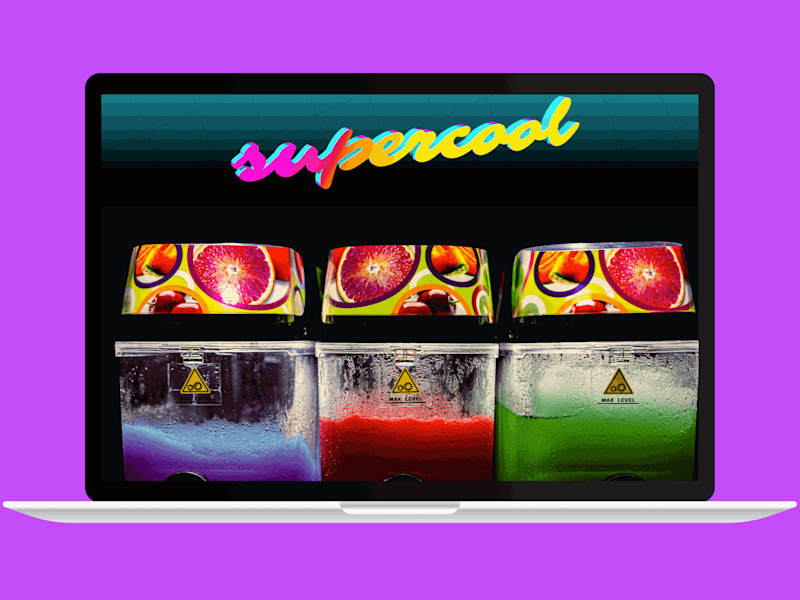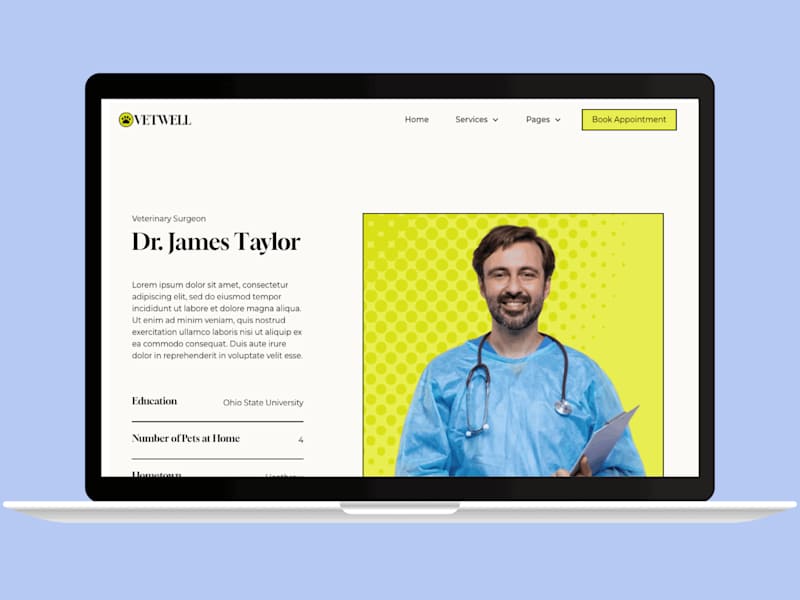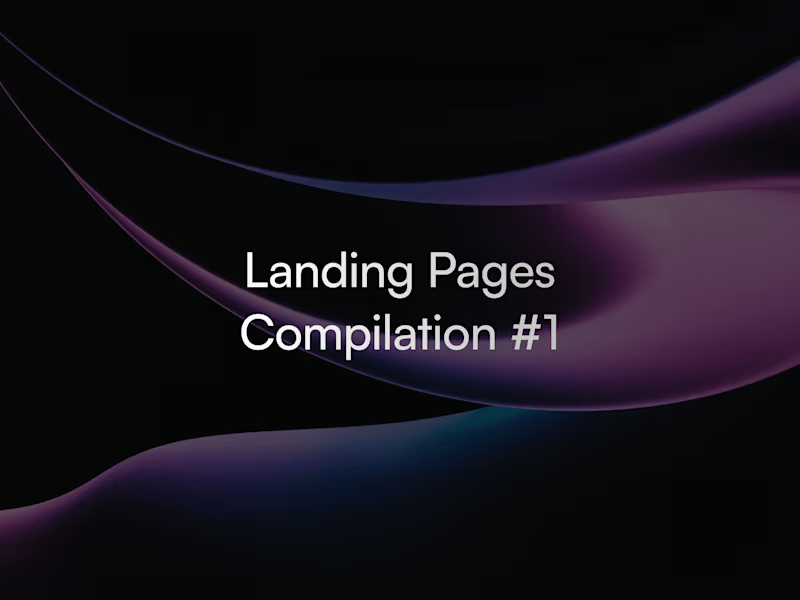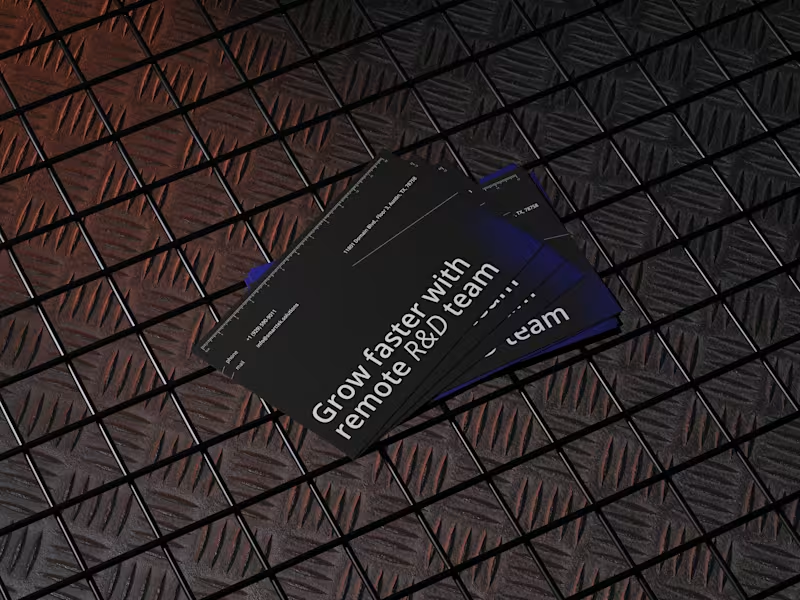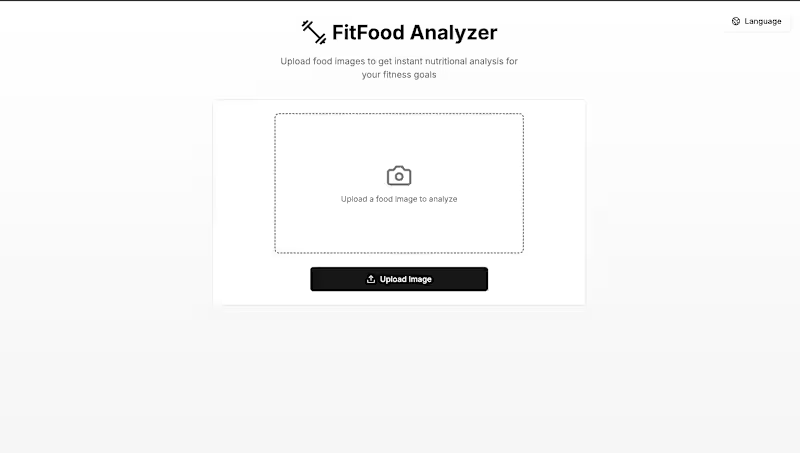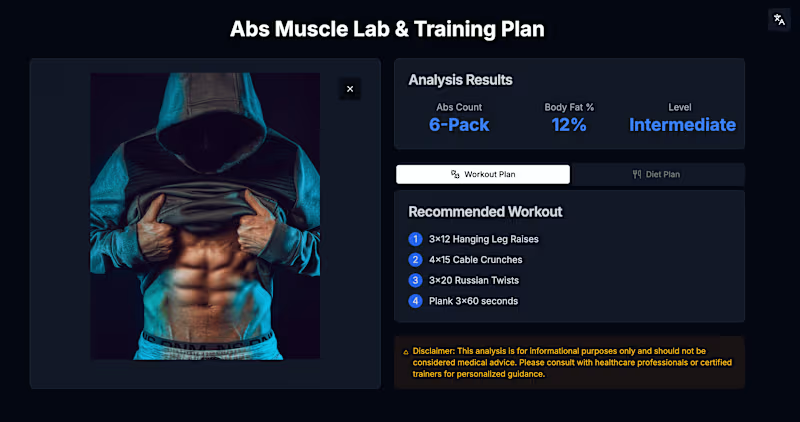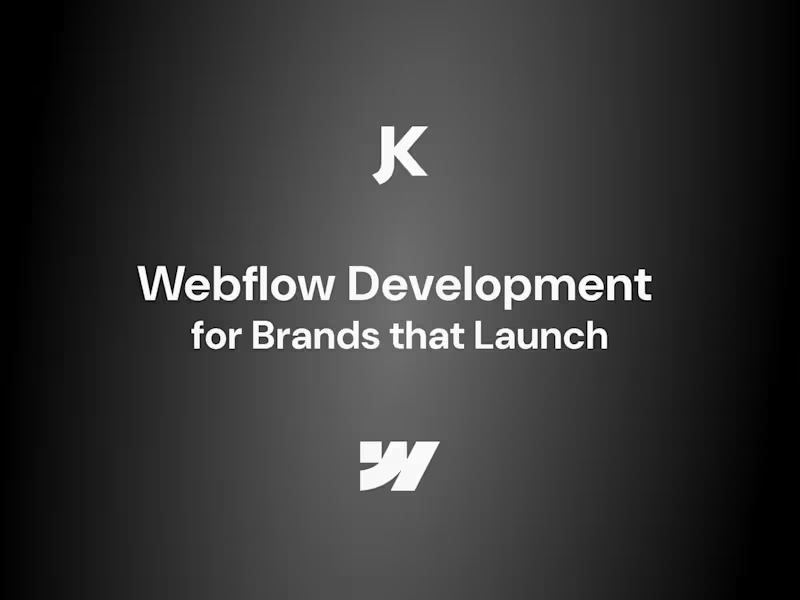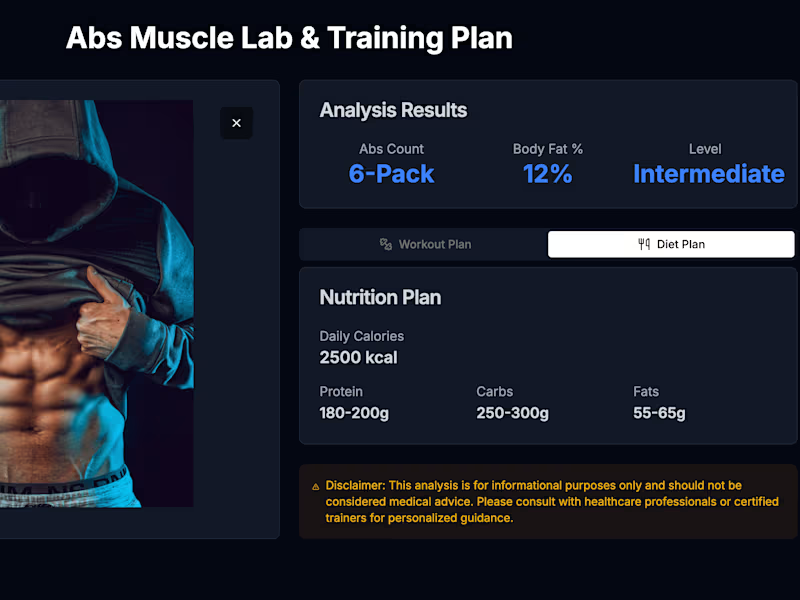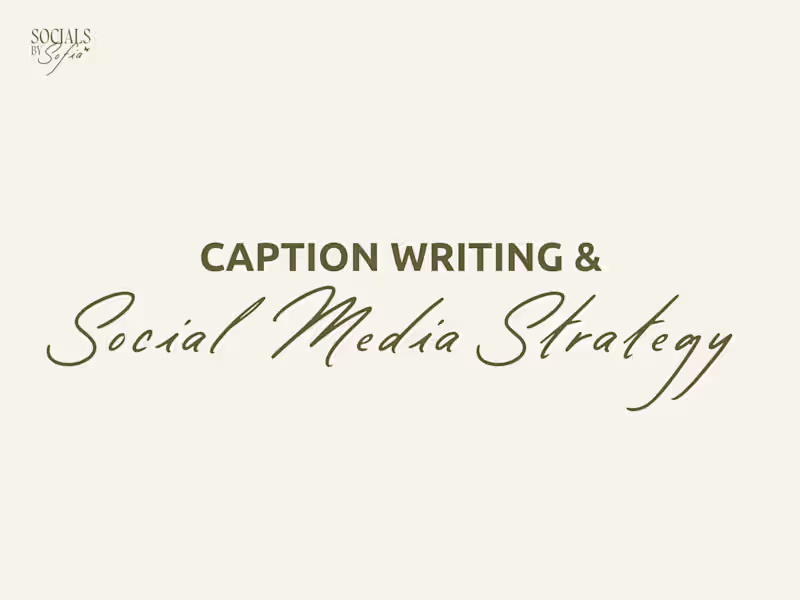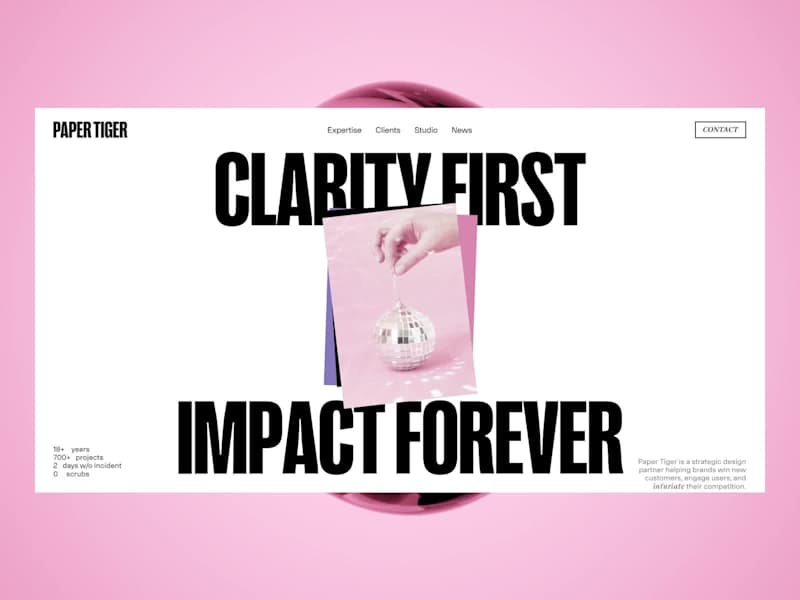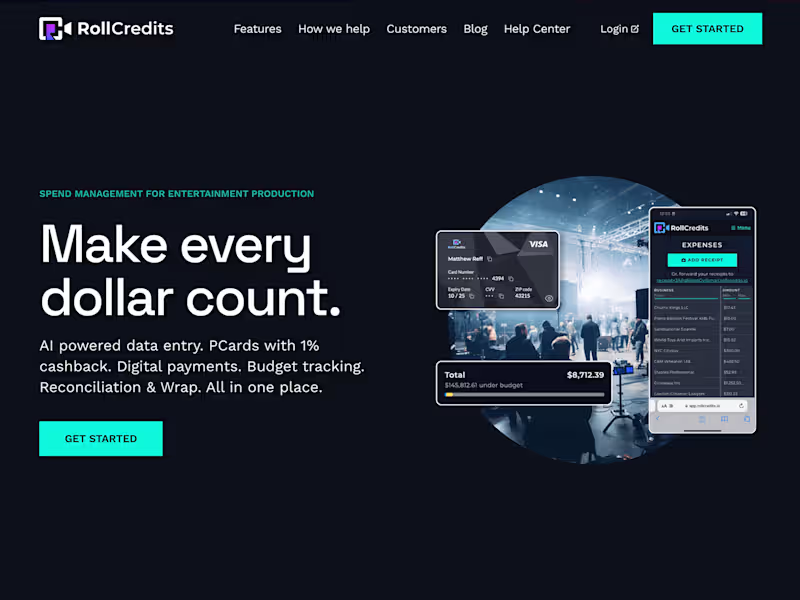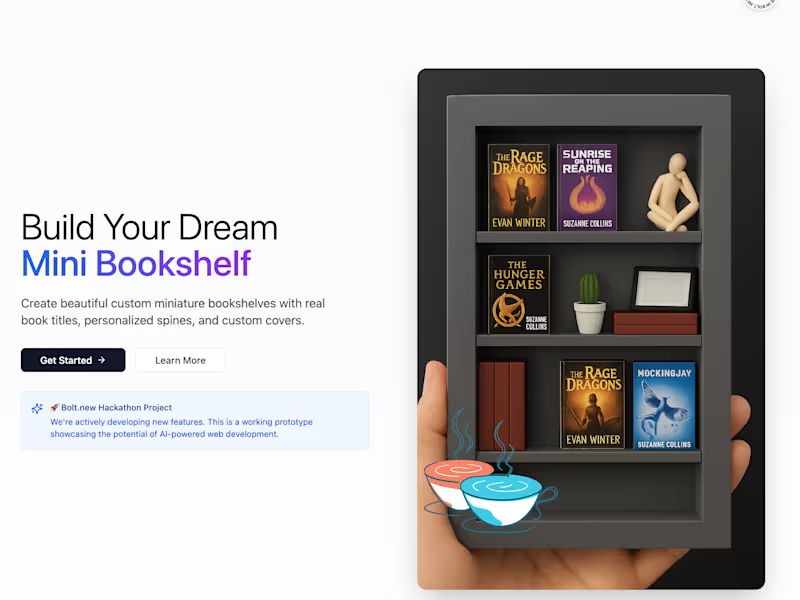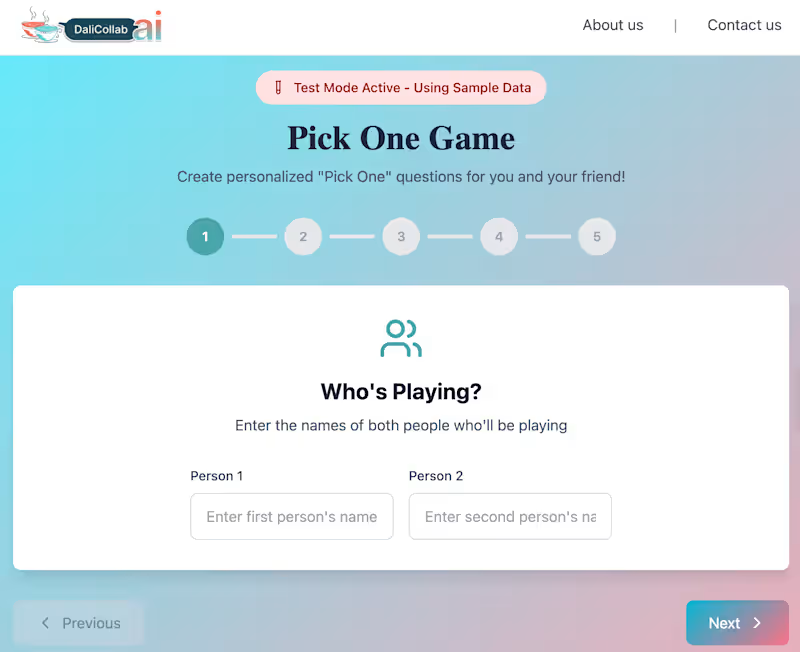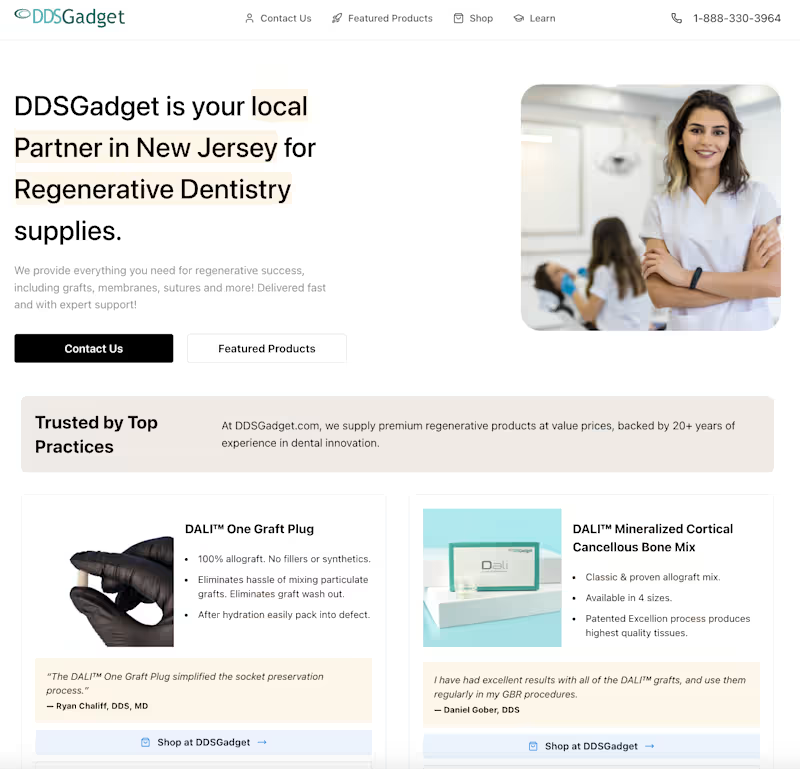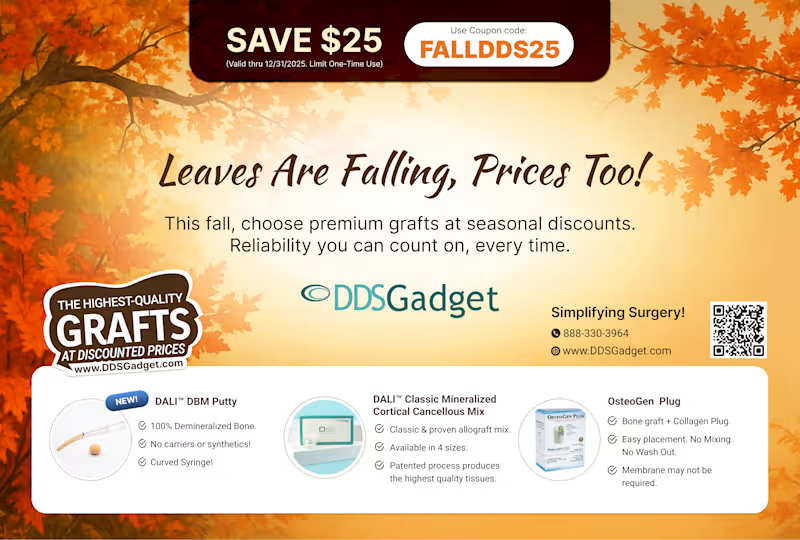What should I include in the project brief to ensure a web designer understands my needs?
To ensure a web designer understands your needs, your project brief should include a clear description of your project goals, target audience, aesthetic preferences, specific functionalities (such as e-commerce or a blog), a list of deliverables, the project's timeline, and any brand guidelines or resources available. This detailed information will help the designer align their work with your vision and create a fitting design.
How can I evaluate a web designer's portfolio to make sure they can meet my project requirements?
When evaluating a web designer's portfolio, look for projects similar in scope to yours and assess their design style, functionality, and user experience. Check for diversity in their work and whether they have experience with the specific web platforms or tools you want to use. Consider if their design approach aligns with your brand and vision for the project.
How can I set realistic timelines for a web design project on Contra?
Setting realistic timelines for a web design project involves understanding the complexity of your website, the scope of work, and the web designer's availability. Start by discussing the project phases with the designer (such as research, design, development, testing, and revisions) and estimate the time required for each. Agree on milestones and deliverable dates to keep the project on track and adaptable to unexpected changes or requirements.
Who is Contra for?
Contra is designed for both freelancers (referred to as "independents") and clients. Freelancers can showcase their work, connect with clients, and manage projects commission-free. Clients can discover and hire top freelance talent for their projects.
What is the vision of Contra?
Contra aims to revolutionize the world of work by providing an all-in-one platform that empowers freelancers and clients to connect and collaborate seamlessly, eliminating traditional barriers and commission fees.
























